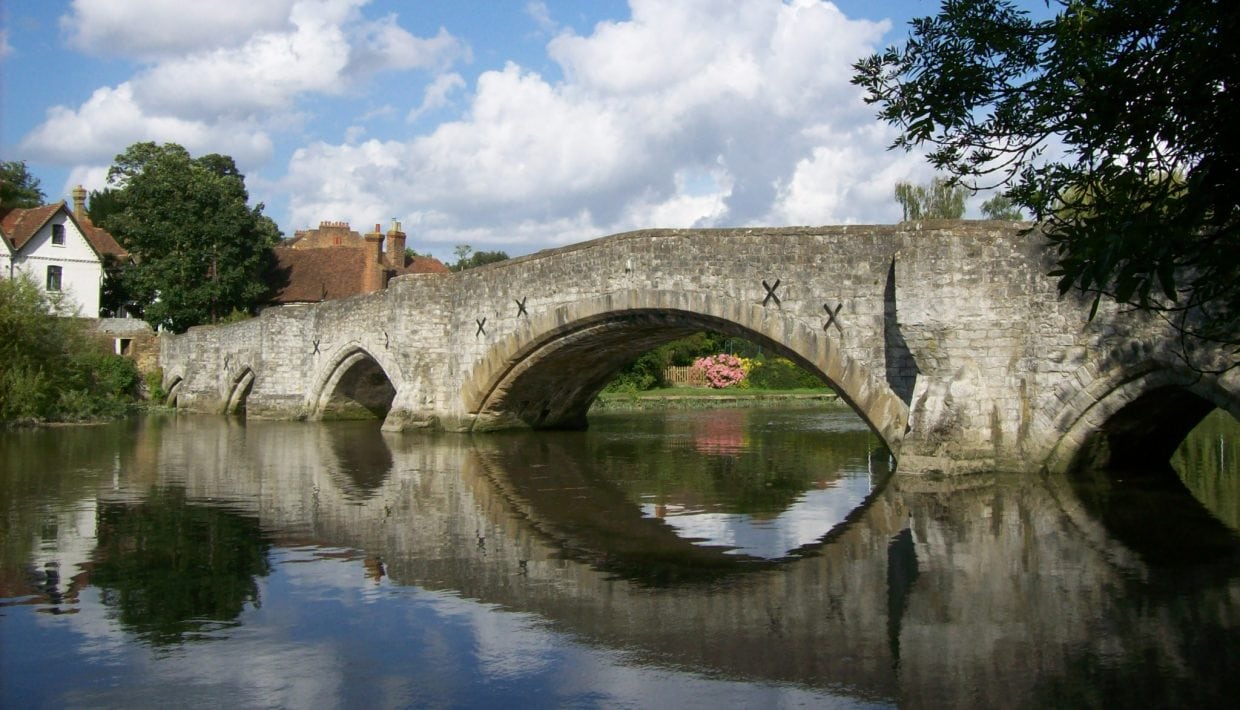
Keynote speaker: Roberta Magnusson
At NIKU's conference Nature and Culture in Medieval Towns Roberta Magnusson from University of Oklahoma will give a talk about urban infrastructures and environmental risk in Medieval England.

Roberta Mangusson is Associate Professor in Environmental History of Medieval Europe at University of Oklahoma. At Nature and Culture in Medieval Towns 6-7 March 2019 she will give a keynote speech about urban infrastructures and environmental risk in Medieval England.
See detailed program for the conference here.
Professor Magnusson is the author of Water Technology in the Middle Ages: Cities, Monasteries, and Waterworks after the Roman Empire that draws on insights from environmental, technological, legal, social, and cultural history and makes use of French, German, Italian, and Latin sources.
She is currently completing a project on infrastructure sustainability and urban resilience in medieval England, c.1200-1600. This examines how towns not only built but maintained public works (such as bridges, city walls, streets, water systems, and port facilities) in a time of climatic, demographic, economic, religious, and technological change.
Professor Magnusson is an award-winning instructor who has received The Regents Award for Superior Teaching and has served as the History Department’s Director of Undergraduate Studies. She regularly offers courses on medieval history.
(Text: University of Oklahoma)
Abstract
Urban Infrastructures and Environmental Risk in Medieval England
Urban infrastructures stood at the threshold between the worlds of man and nature. City walls marked the boundary between densely populated intramural zones and less developed open spaces, while bridges and harbor works were situated at the unstable interface of land and water.
Wind, ice, rainwater, scour, tidal flows, littoral drift, erosion, silting, micro-organisms, and the growth of vegetation compromised the integrity of structural fabrics and choked up ditches, rivers, and harbors. These “slow disasters” of incremental degradation were periodically punctuated by “fast disasters” such as devastating floods or violent gales.
To keep their public works from falling into ruin, civic authorities had to organize and fund regular maintenance regimes and tackle intermittent but costly large-scale repairs.
Adaptations of old traditions of charity and labor obligations, funding innovations such as targeted tolls, local rates, and rental estates, and the emergence of a tier of municipal officials who specialized in infrastructure oversight provided townsmen of the high middle ages with an effective toolkit of infrastructure support options.
Infrastructure sustainability became an acute problem, however, during the “Great Transition” of the late middle ages. The shift from the Medieval Climate Anomaly to the Little Ice Age led to more erratic weather fluctuations and amplified the frequency and violence of severe storms.
In the wake of the Black Death, townsmen found themselves trying to maintain an aging infrastructure legacy that was suddenly too large for their population base. Economic disruptions were driving up the costs of building materials and labor at precisely the time that traditional incomes from alms, tolls, and rents were stagnant or falling. Labor obligations could accomplish far less when the size of the labor force itself was significantly reduced.
In short, a growing mismatch in scale between rising infrastructure costs and falling resources was not just another wobble that could be corrected by a renewed mobilization of traditional recovery mechanisms. If medieval urban infrastructures were to survive into the early modern world, they and the organizational systems that supported them would require reconfiguration and restructuring.
Read more about Nature and Culture in Medieval Towns here.
For additional information, please contact

